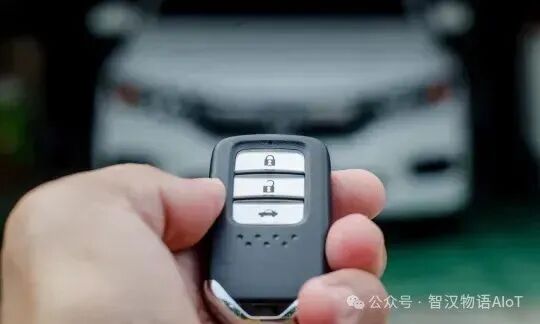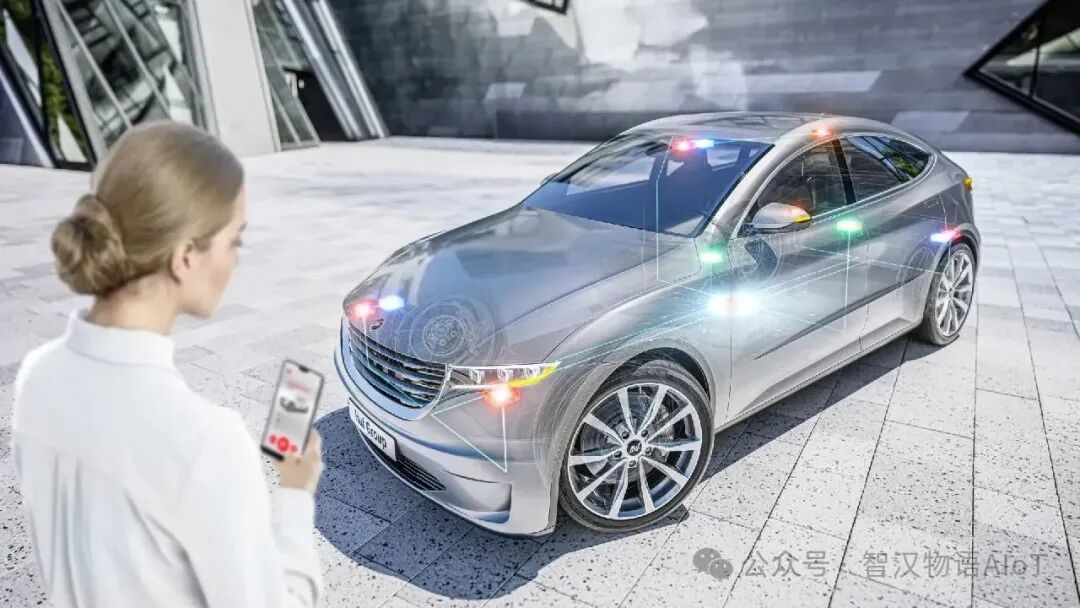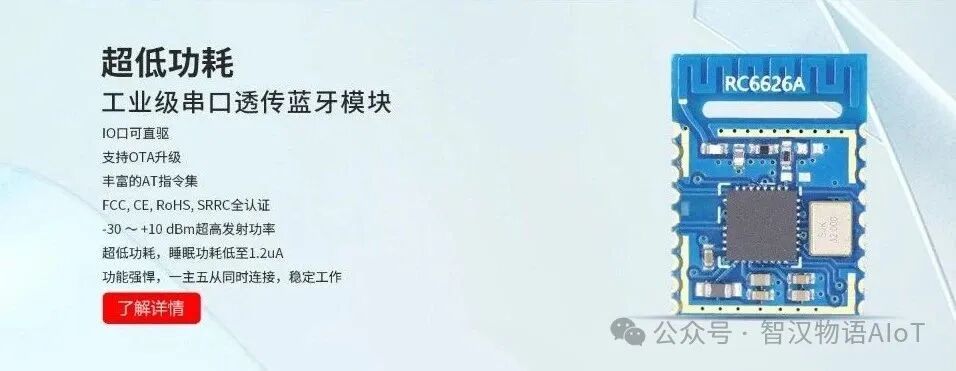From early mechanical keys to RF remote keys, and then to Near Field Communication (NFC), wireless unlocking technology has continuously evolved towards greater convenience and intelligence. However, traditional solutions have significant limitations: key activation often leads to forgetting to carry keys; NFC requires active contact with the device, which does not achieve true “unconscious” operation. Users’ demand for a seamless experience is increasingly strong—automatically unlocking when approaching the lock and locking when leaving has become a core competitive advantage for smart cars, electric vehicles, and high-end locks. In this context, Low Energy Bluetooth (BLE) technology, with its ultra-low power consumption, precise distance sensing, stable connections, and native mobile ecosystem support, is becoming the ideal carrier for a new generation of proximity unlocking solutions, fundamentally reshaping the interaction boundaries between people and devices.

Principle of Solution Implementation
This solution consists of a Low Energy Bluetooth (BLE) module (embedded in the lock circuit board), user terminal devices (mobile phones/key cards), and a cloud management platform. When the user carries the terminal close to the lock:
Dynamic Distance Sensing: The lock is equipped with a built-in BLE module that continuously scans for terminal broadcast signals, accurately calculating the distance through changes in the RSSI value;
Two-Way Security Authentication: The terminal and the lock exchange identity information based on an encryption protocol to prevent relay attacks;
Intelligent Decision Execution: When the RSSI strength reaches a preset threshold (e.g., -70dBm), the lock automatically triggers the unlocking mechanism, requiring no user operation throughout the process.

Addressing Application Pain Points
Automobile/Electric Vehicle Locks: Unlocking automatically when approaching the car door without needing to take out the key, solving the problem of traditional remote unlocking;
Home and Industrial Locks: Hierarchical management of administrator permissions, flexible authorization for temporary visitors, and traceable unlocking logs;
Ultra-Low Power Design: The BLE module has a standby current as low as2.3μA, allowing battery-powered home locks to work for over3 years.

ZhiHan IoTBLE Module
Shenzhen ZhiHan IoT Co., Ltd. is a promoter of low energy Bluetooth modules in China, providing feasible wireless communication solutions for industry clients based on its deep accumulation in the low energy Bluetooth field.

The Bluetooth module, as the core hardware of the proximity unlocking solution, ZhiHan IoT’s RC6626A Bluetooth BLE 5.3 module redefines proximity unlocking performance with its self-developed wireless protocol stack firmware and hardware design:
System-Level Low Power OptimizationThe RC6626A consumes only13.29μA in broadcast mode (interval of 1000ms), and52.05μA in connection mode (100ms interval), combined with ZhiHan IoT’s serial port sleep wake-up technology, allows the lock’s standby power consumption to be as low as2.3μA.
Dynamic RSSI Threshold AdjustmentThroughAT+NEAR_RSSI andAT+LEAVE_RSSI commands, the precise signal thresholds for proximity and departure can be customized (e.g., -70dBm triggers unlocking, -80dBm triggers locking), adapting to complex environmental interference; custom firmware modules can monitor signal strength in real-time and output level status through GPIO03 (output low level when the threshold is reached), directly driving the lock control circuit.
One-Click Binding and Security Reinforcement
The RC6626A module has passed SRRC/RoHS and other certifications, providing global customers with a cost-effective BLE5.3 proximity unlocking solution.
Case Studies
A certain new energy vehicle company implemented the RC6626A module to achieve “keyless entry”: users automatically unlock the car when within 1.5 meters of the door and automatically lock when leaving the car at 3 meters, with a false trigger rate of less than0.1%.
In the smart home field, the RC6626A module has been applied to a domestic smart lock brand, which features a master-slave architecture (supporting simultaneous connections to mobile phones and home gateways), achieving scenarios such as “unlocking while turning on lights and air conditioning in advance, and automatically activating the security system when leaving the house”.

The proximity unlocking solution has deeply integrated into three core scenarios: transportation, home, and industry: in the automotive and electric vehicle sectors, keyless entry systems are rapidly expanding with a compound annual growth rate, expected to exceed240 billion USD by 2026; in the wave of smart home and industrial lock intelligence, this technology has become a standard requirement in the high-end market due to its hierarchical permissions and unconscious operation characteristics. More importantly, the universality of the underlying logic is driving scenario fragmentation— the same BLE distance sensing mechanism has extended to emerging fields such as unconscious light switches (lights gradually brightening upon entering a room), smart lockers (opening when authorized personnel approach), and vehicle networking cabins (pre-conditioning the car when the owner is 3 meters away).
Market trends clearly indicate that based on Bluetooth 5.3 spatial awareness capabilities, “unconscious interaction” is evolving from isolated functions to the nerve endings of intelligent ecosystems.
